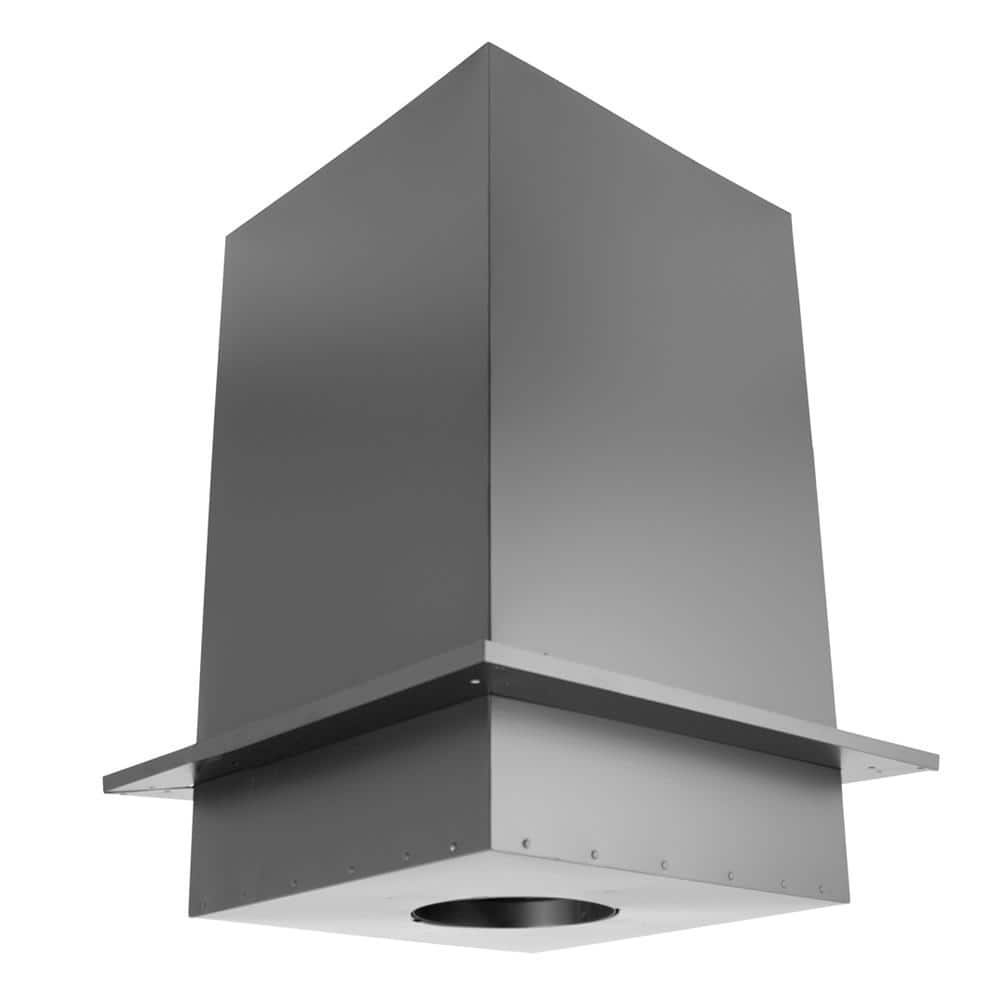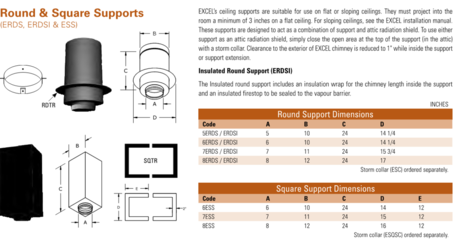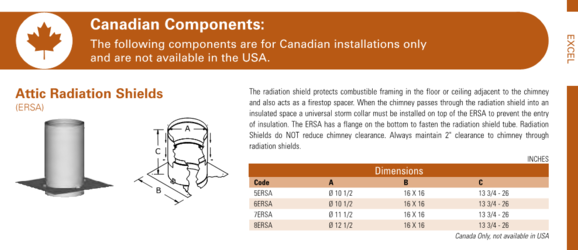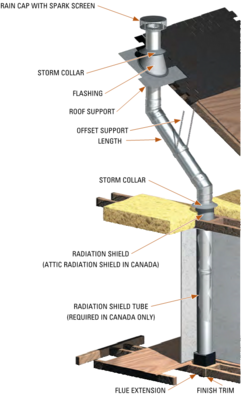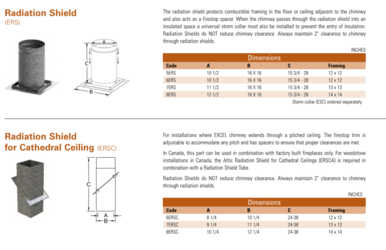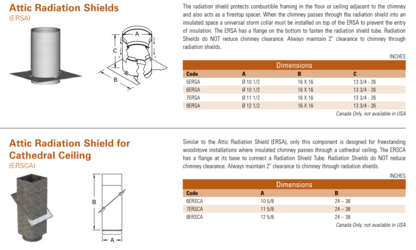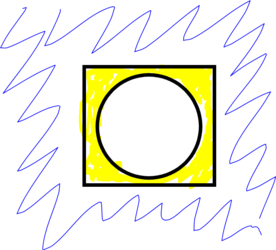I am building a new home soon and it will be pretty airtight (should be passive house standards easily). We're looking at small wood stoves or small ZC fireplaces for our place for the ambiance (no natural gas, no pellets, etc).
Is there a product that will go around the outside of the flue and allow a sealed connection to the house air barrier? I assume a double wall flue will get hot, but what about a triple wall? Would there be a ring that slides over it and then you can tape/seal to your air barrier?
Is there a product that will go around the outside of the flue and allow a sealed connection to the house air barrier? I assume a double wall flue will get hot, but what about a triple wall? Would there be a ring that slides over it and then you can tape/seal to your air barrier?


